DENMARK, which until the end of the Second World War was typical of an agricultural country with a low degree of industrialisation, has undergone a radical transformation in the last twenty years, particularly since it became a member of the European Community in January 1973. Industrial development, promoted by massive investment programmes, is drawing younger people away from the land into the towns and is leading to a progressively older agricultural population. This trend is accompanied by a sharp reduction in the number of small holdingsand inthearea undercultivation. Between 1960 and 1970 alone the number of farms under 30 hectares (75 acres) fell by a third, the full-time farmi’ng population by over 40%. Pig breeding has declined significantly in favour of cattle and poultry, while flower-growing and the production of vegetables have considerably increased.
The fishing industry (canned and deep frozen products), once quite prosperous, has been facing growing problems in recent years. The continuing rise in fuel costs, the unilateral extension of fishing zones by some countries, and falling fish stocks in the heavily fished waters of the North Sea and western Baltic, have led to fierce competition.
Entry into the Common Market has almost doubled Denmark’s industrial production. The most significant part of Danish industry, however, is still in the processing of the country’s agricultural produce. In the wider industrial field, too, Denmark’s lack of raw materials has confined it to the processing industries (machinery, hardware, shipping, furniture, glass, porcelain, textiles, leather, rubber and timber products, chemicals and pharmaceuticals, etc.). The country’s main industrial concentrations are around Copenhagen (with some 40% of the total industrial labour force), Odense, Arhus and Alborg-Norresundby.
In communications, Denmark isan important bridge between the Scandinavian countries and continental Europe, though it is hampered in this role by its considerable geographical fragmentation. It depends, therefore, on an excellent network of shipping and ferry services and, in more recent times, air services.
The main arteries of road and rail traffic are, to the west, the north-south route through eastern Jutland and, to the east, the north-south route by way of Lolland and Zealand, which is continued into West Germany by the Fugleflugtslinie (Bird’s Flight Line). A transverse connection is provided by the west-east route over the Great and Little Belts and island of Funen.
Communications within Denmark depend on a series of major bridges, causeways and tunnels. The most ambitious project is the plan for a bridge or tunnel across the Oresund, a joint Danish-Swedish enterprise which if carried out will provide the basis for the largest industrial and commercial concentration in Scandinavia, extending along both sides of the Sound. The hub of international air traffic in Scandinavia is Copenhagen’s Kastrup Airport.
Denmark’s principal trading partners are West Germany, Sweden, Britain, the United States, the Benelux countries, Norway, Italy, France and Switzerland. The country’s balance of trade has for some years shown a considerable deficit, and with the continuing rise in the price of oil and other industrial raw materials it has not been possible, in spite of energetic efforts, to reduce the deficit.
DENMARK Photo Gallery
Maybe You Like Them Too
- The Best Cities To Visit in The World
- World’s 10 Best Places To Visit
- Coolest Countries in the World to Visit
- Travel to Santorini, Greece
- Map of Barbados – Holiday in Barbados

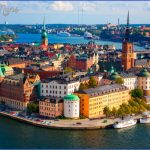
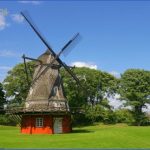
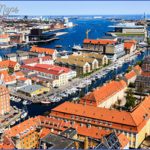
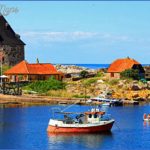

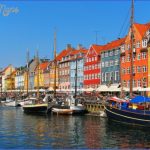
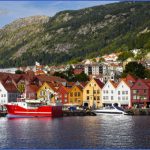
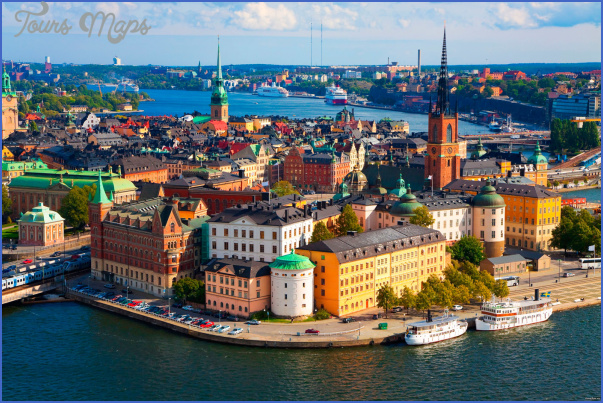
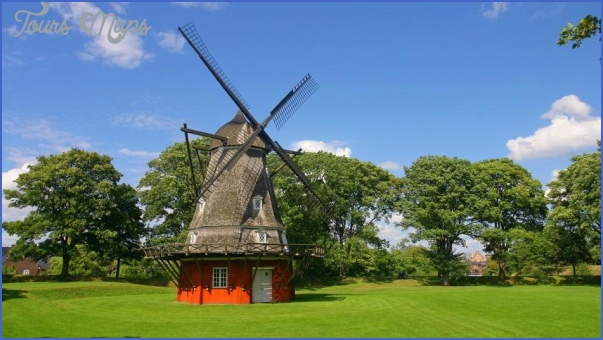
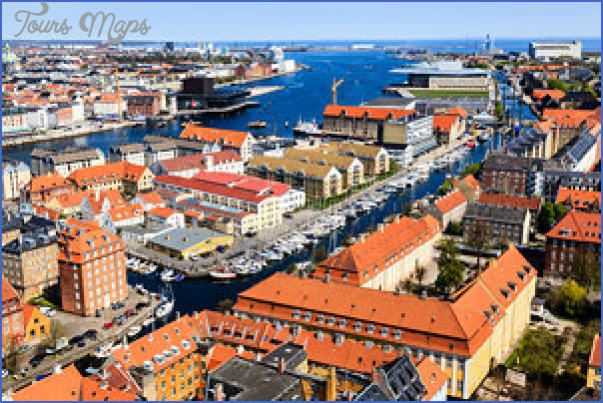
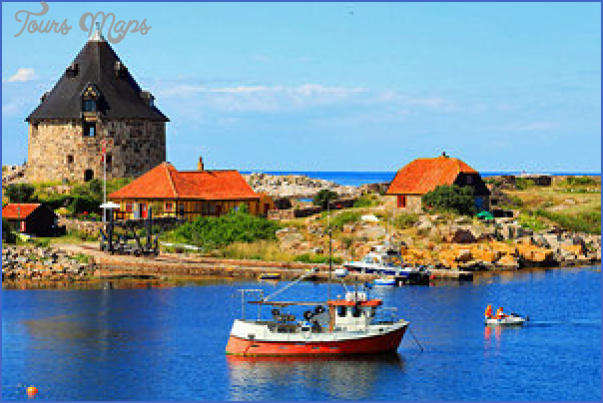

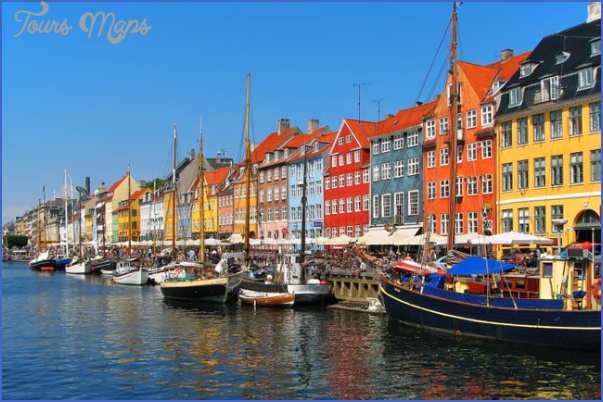
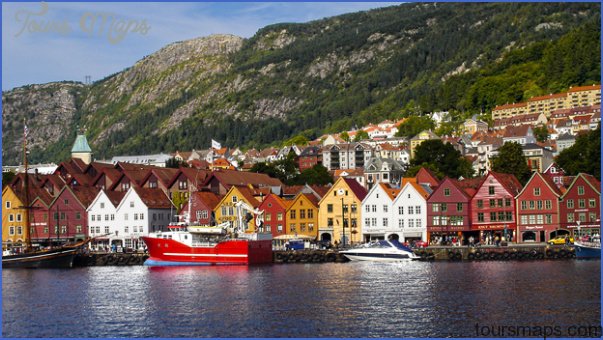
The second image of your gallery is copyrighted. Please specify the credit source, or remove it. I you do not comply, further legal actions will be taken.